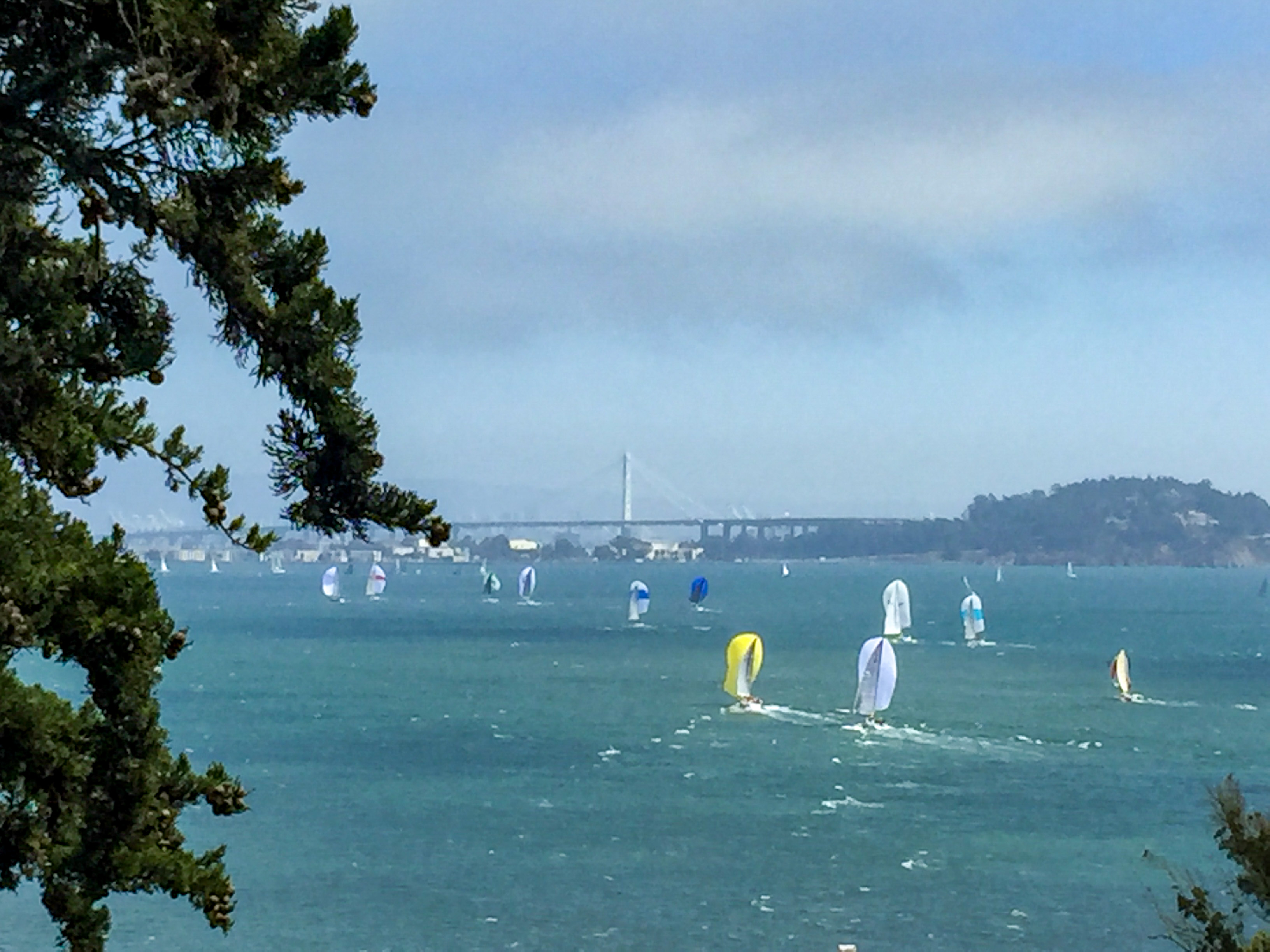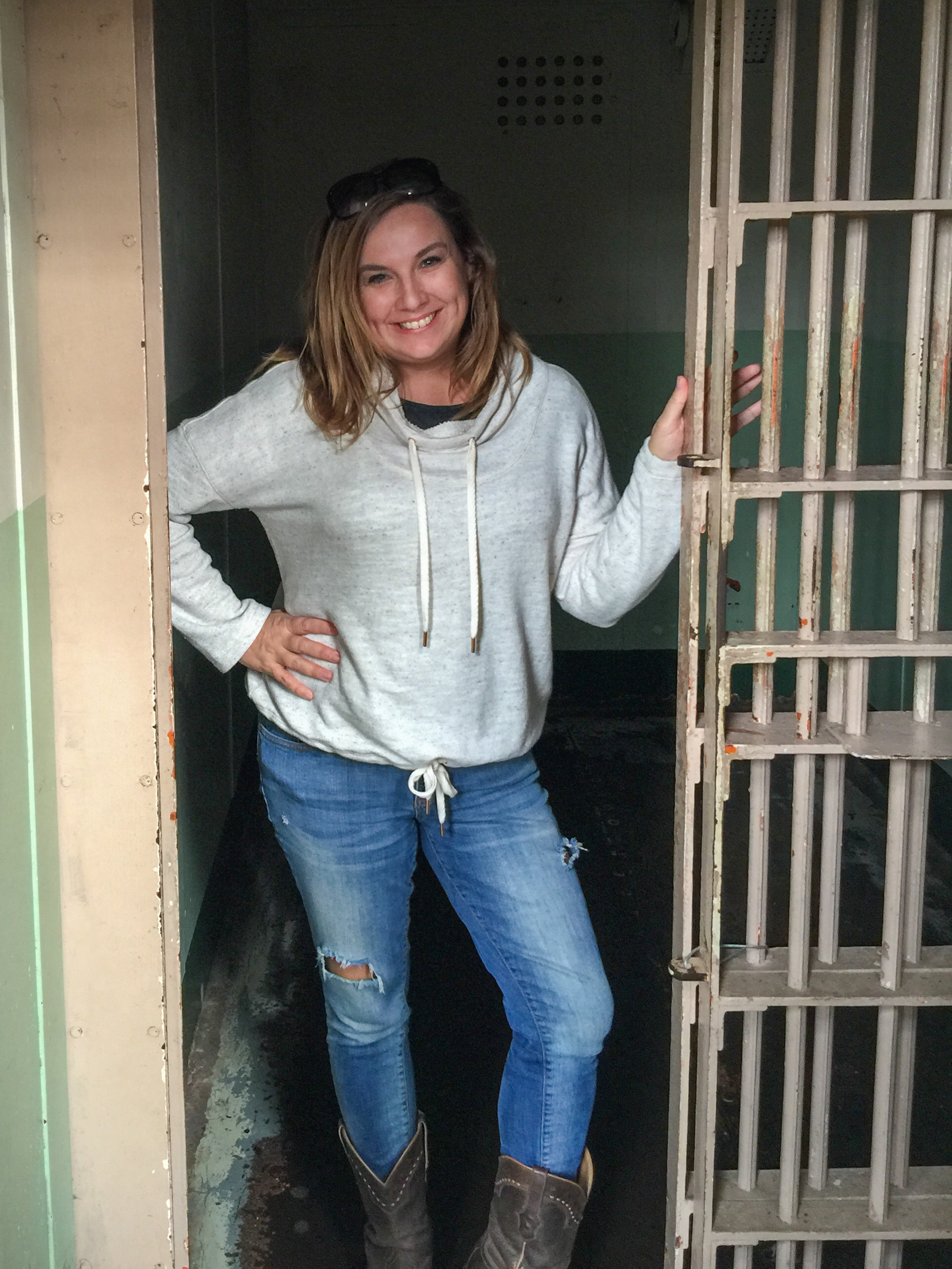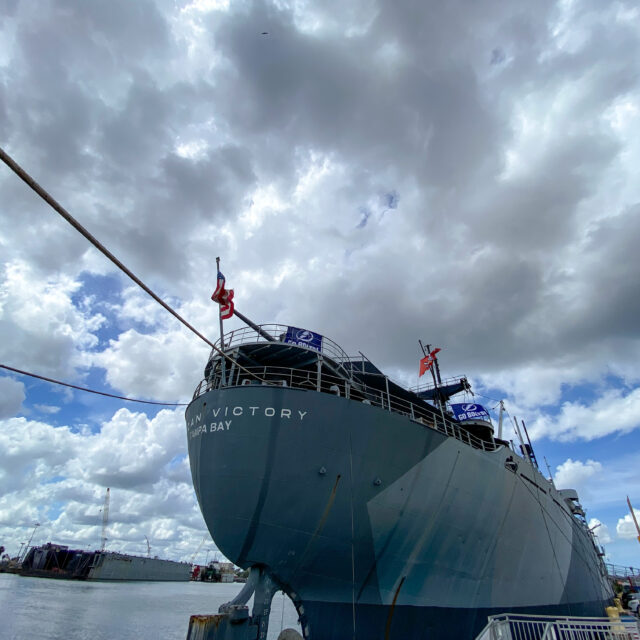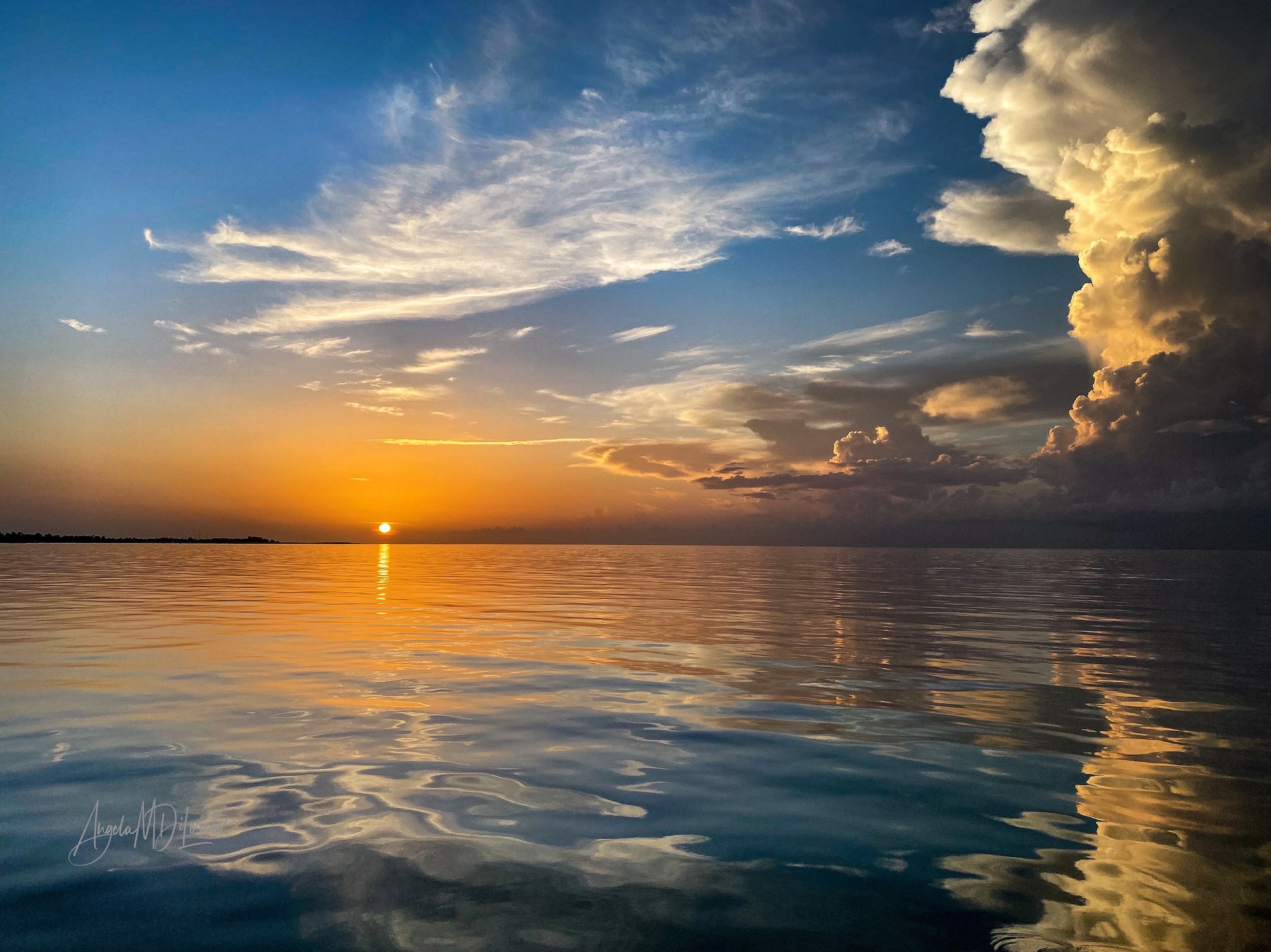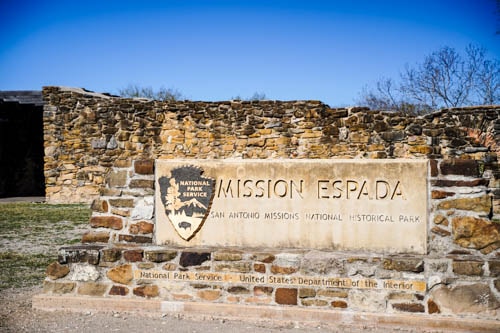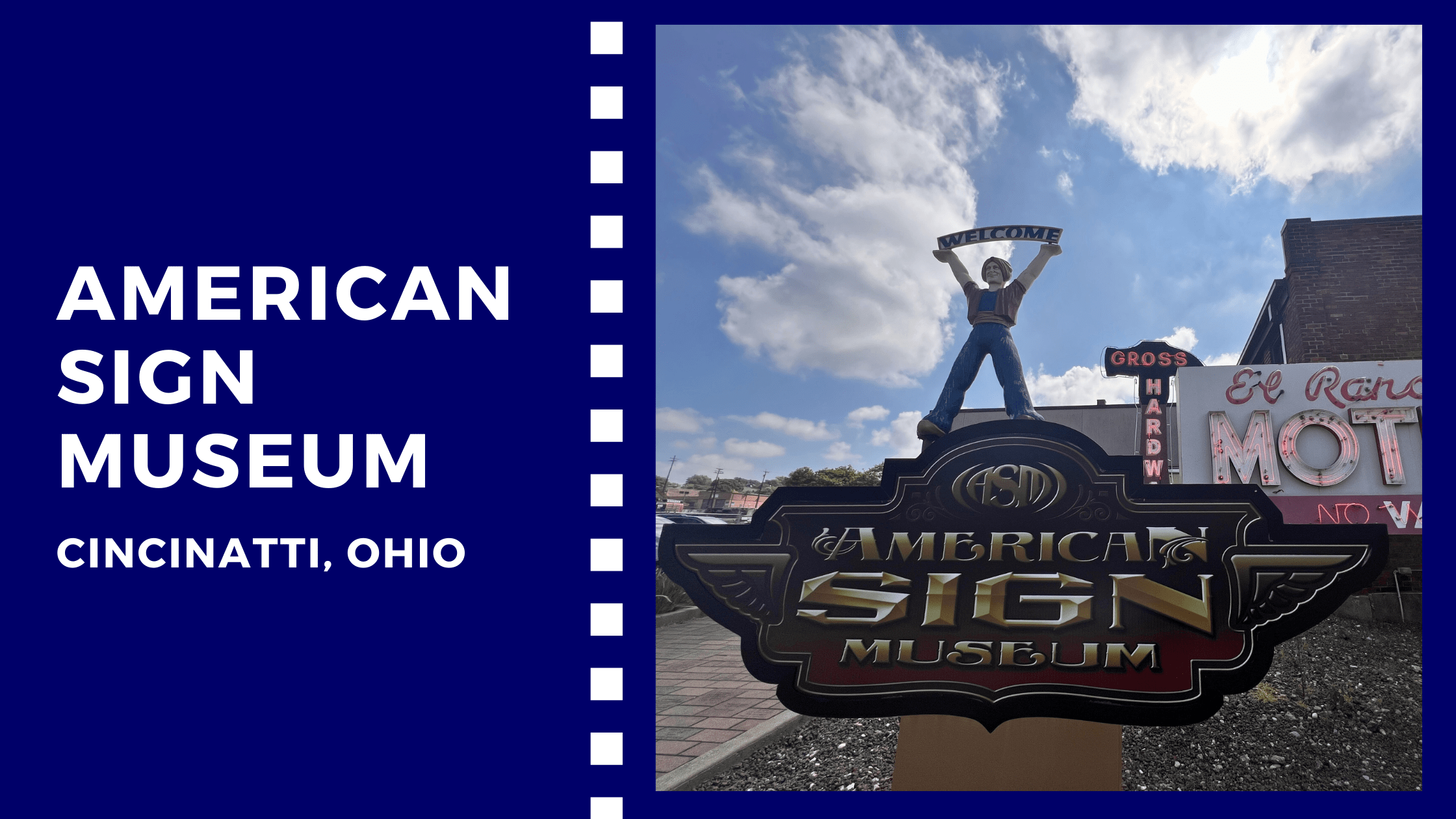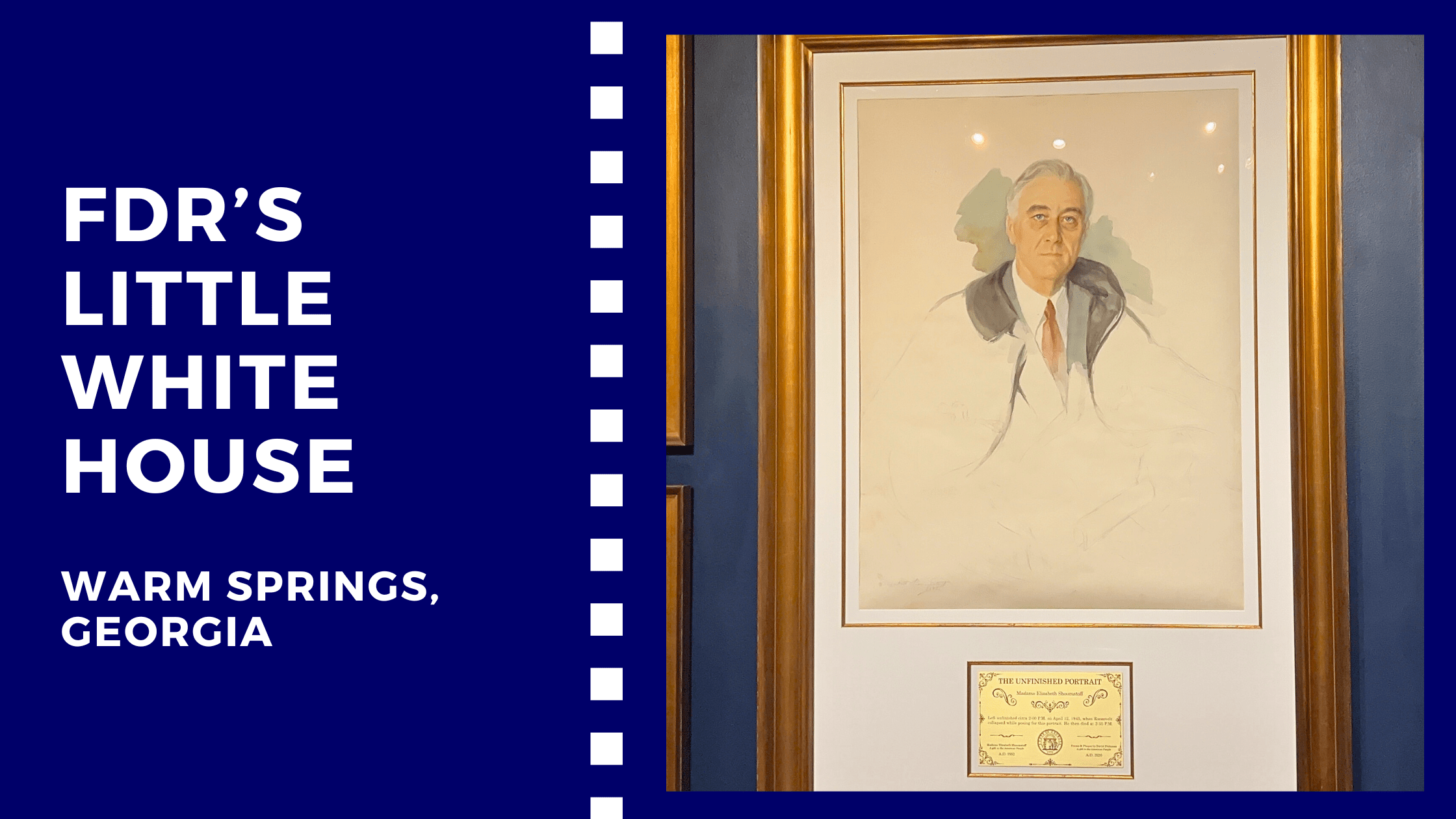If you disobey the rules of society, they send you to prison; if you disobey the rules of the prison, they send you to Alcatraz.
Disclosure: Some links on our site are affiliate links. If you purchase a linked item, we will make a commission, at no extra charge to you.
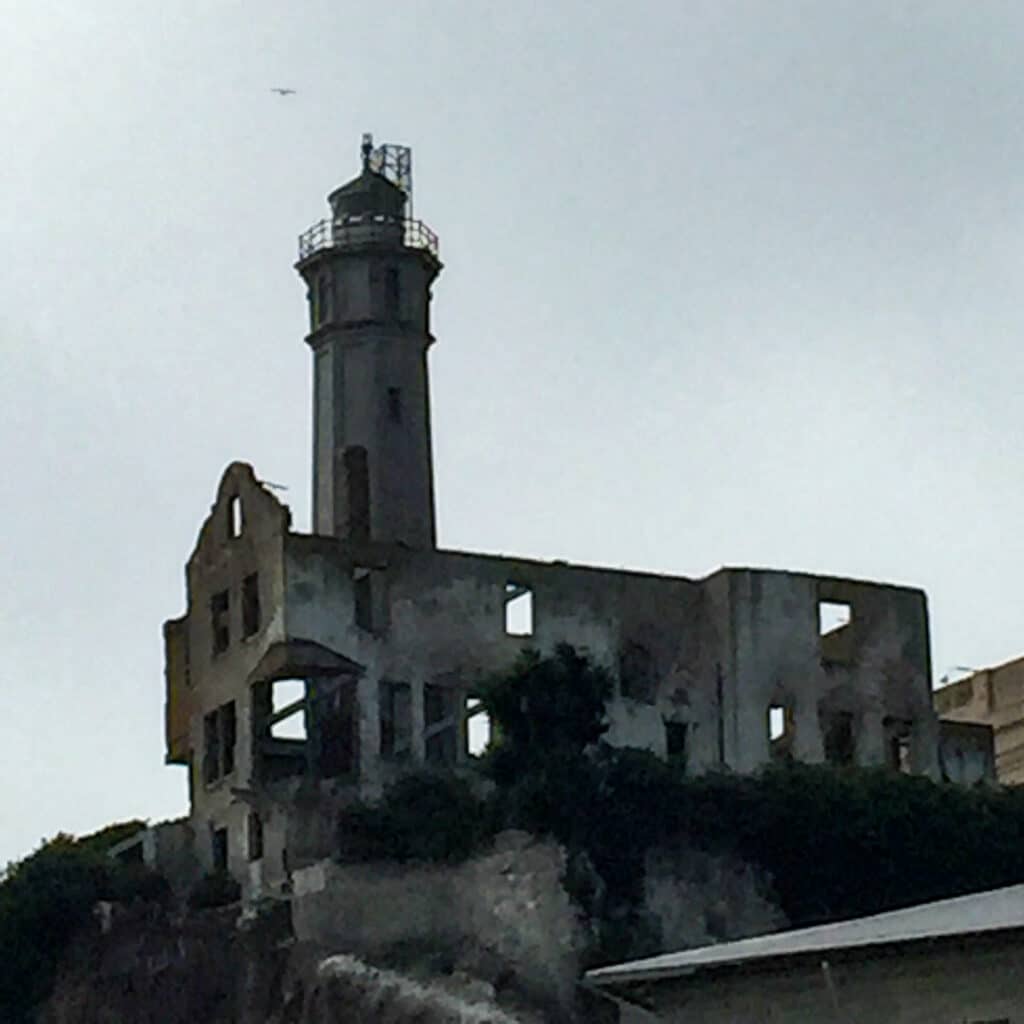
The air is cold. It almost always is. The mist covers everything. Everything is wet. Handrails. Gangways. Deck planks. You pull your thin jacket tighter around your neck because that’s all you brought. It was almost 30 degrees warmer when you left to come here this morning.
The boat leaves the dock for the short ride to the island. That Godforsaken rock in the middle of San Francisco Bay. When the fog lifts, you can see Fisherman’s Wharf a little over a mile offshore. You are now surrounded by frigid water. This makes Alcatraz Island an ideal place for a Federal Prison.
Stepping off the boat, you are ushered into the Reception area. Here, they go over the rules of Alcatraz.
“You are entitled to food, clothing, shelter, and medical attention. Anything else that you get is a privilege.”

Fortunately, you can leave whenever you want. But, for 1,576 prisoners, this was the end of the line. Today, US Penitentiary Alcatraz is no longer a prison. It is one of America’s most popular National Parks. It currently welcomes over 1.4 million visitors a year.
In 1775, Spanish explorer Juan Manuel de Ayala first sailed into San Francisco Bay. His expedition mapped the bay and the three islands located within. de Ayala named one “Alcatraces”, which was eventually Anglicized to “Alcatraz”. The exact meaning is still debated, but the name is usually defined as “pelican” or “strange bird”.
Seventy-five years later, President Fillmore signs an executive order establishing Alcatraz as a military fort. Together with Fort Point and Lime Point, Alcatraz will form a “triangle of defense”. This triangle will protect San Francisco and the Bay from a waterborne invasion. The island was the most heavily fortified military site on the West Coast. Despite this, it never fired its guns in battle.
By the late 1850s the defensive necessity diminished. But its role as a prison was starting. This role would continue for more than 100 years. In 1909, the Army tore down the old Citadel. Leaving the original basement as the foundation for the new military prison. It was under the control of the Army for 83 years. In 1933, control was transferred to the Department of Justice.
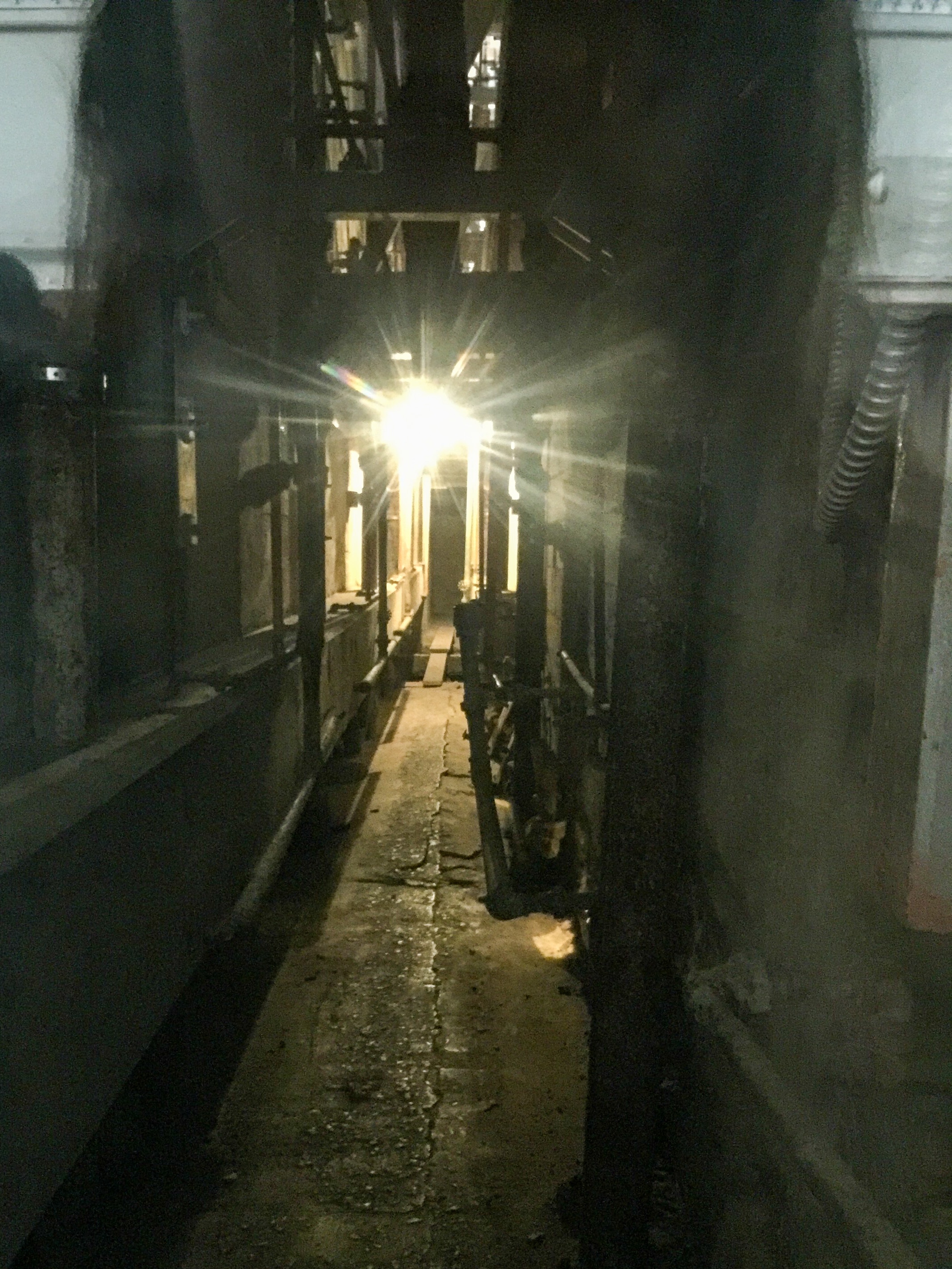
In the storied history of USP Alcatraz, some infamous individuals occupied the cells. Al “Scarface” Capone served 4 ½ years. George “Machine Gun” Kelly and Robert “Birdman” Stroud both served 17 years in Alcatraz. But the longest-tenured “guest” was Alvin Karpis for 26 years. Only four people have ever been designated Public Enemy #1 by the FBI. Of the four, only one was taken alive…Alvin Karpis. After his trial, Karpis was incarcerated from August 1936 until the closing of Alcatraz in 1962.
Guarding the worst of the prison system was a 24-hour-a-day job. But, the fact that it’s an island, the geography accounts for much of the security. The human element was handled by only 52 guards. At any given time, approximately 300 civilians lived on the island. Three apartment buildings housed the guard staff and their families. A small convenience store supplied essential items. Children gathered at the soda fountain shop. The bowling alley would help ease the fact that you are living on an island. An island housing prisoners transferred for being too bad or dangerous. Today, none of these structures remain. A shame because of the glimpse this could provide into the past. Everything else happened in San Francisco. The prison boat made 12 runs to the pier each day.
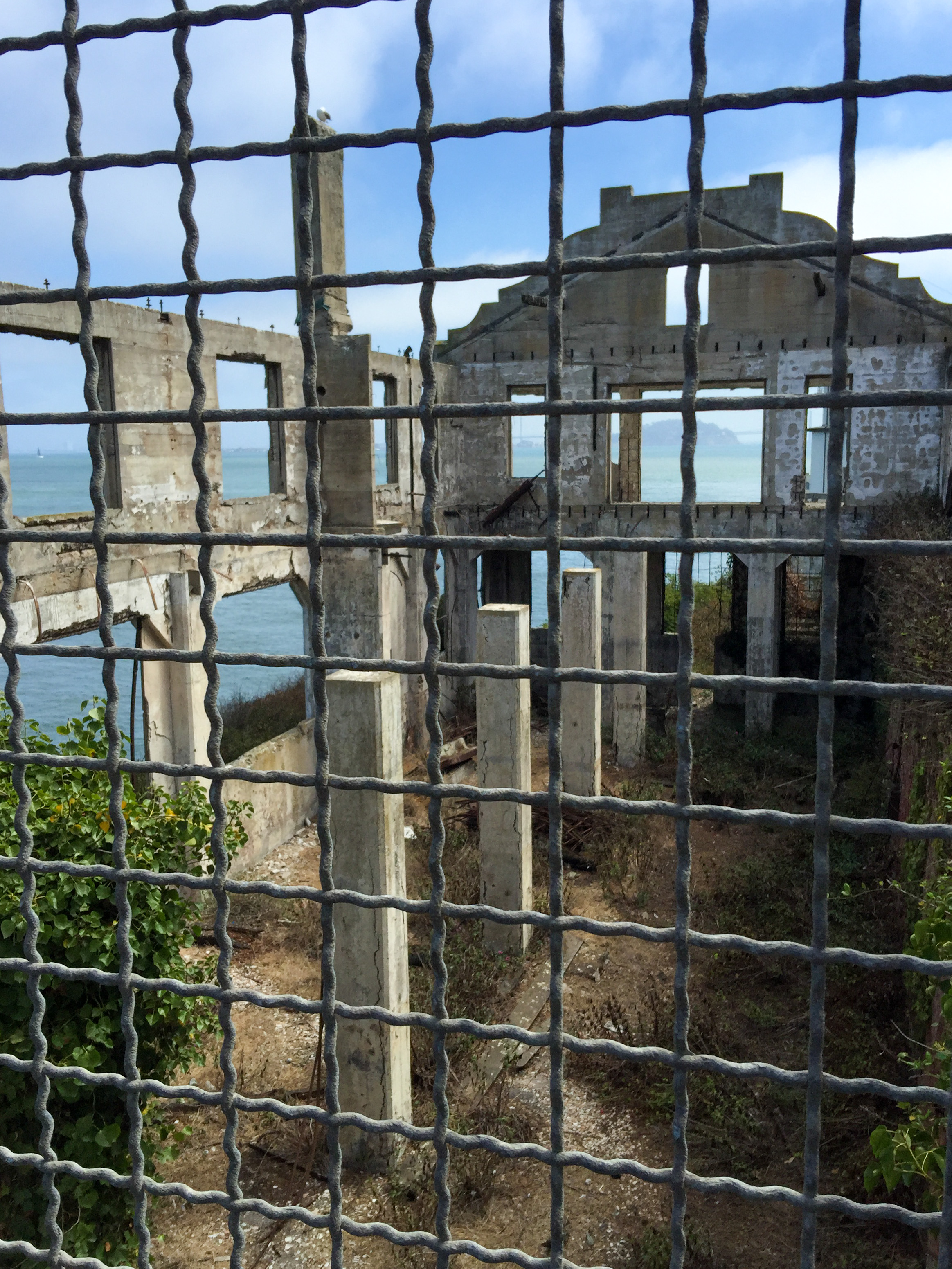
A $5 million dollar restoration price ushered in the end of Alcatraz. President John F. Kennedy ordered the closing of the penitentiary. USP Alcatraz officially closed on March 21, 1963.
Alcatraz was incorporated into a park on October 12, 1972. Exactly one year later, it was opened to the public.
In the ensuing years, many have taken the boat trip across the bay to visit. As you’re walking the corridors, you feel the cold, impersonal feel of concrete and steel. A claustrophobic feeling engulfs you as you step inside a cell. Measuring 5’ x 9’, you have precious little room. It’s understandable why prisoners try to earn the privilege to work in one of the many shops. For those that cause problems, solitary confinement awaits instead of the shops. This bare concrete room makes you thankful for all you have. The tour guide closes the door. The weight of total darkness and isolation can break even the strongest.
What was to be a place inmates didn’t want to end up becoming a preferred, even requested place. Reasons stem from the one prisoner per cell to warm water for showers. This wasn’t as altruistic as it seems. The thought was if one was accustomed to warm water, the frigid water of the bay would be that much more of a deterrent. The food was even better than in other penitentiaries.
Today, nature is slowly reclaiming the island. Over 5,000 nesting waterbirds from 9 different species inhabit the island. They are louder than the numerous visitors. On the other hand, imagine the quiet when serving in a prison. Inmates were not to speak loudly. Guards, separated throughout the different stations wouldn’t make much noise. Children would be on the mainland in school for much of the year.
Zigzagging around the perimeter road, the wind chills you while out of the sunlight. Hearing the waves crashing on the rocks. The scent of the many wildflowers growing. Seeing the San Francisco skyline or the Golden Gate Bridge. If it wasn’t a prison, the island would be very peaceful.
